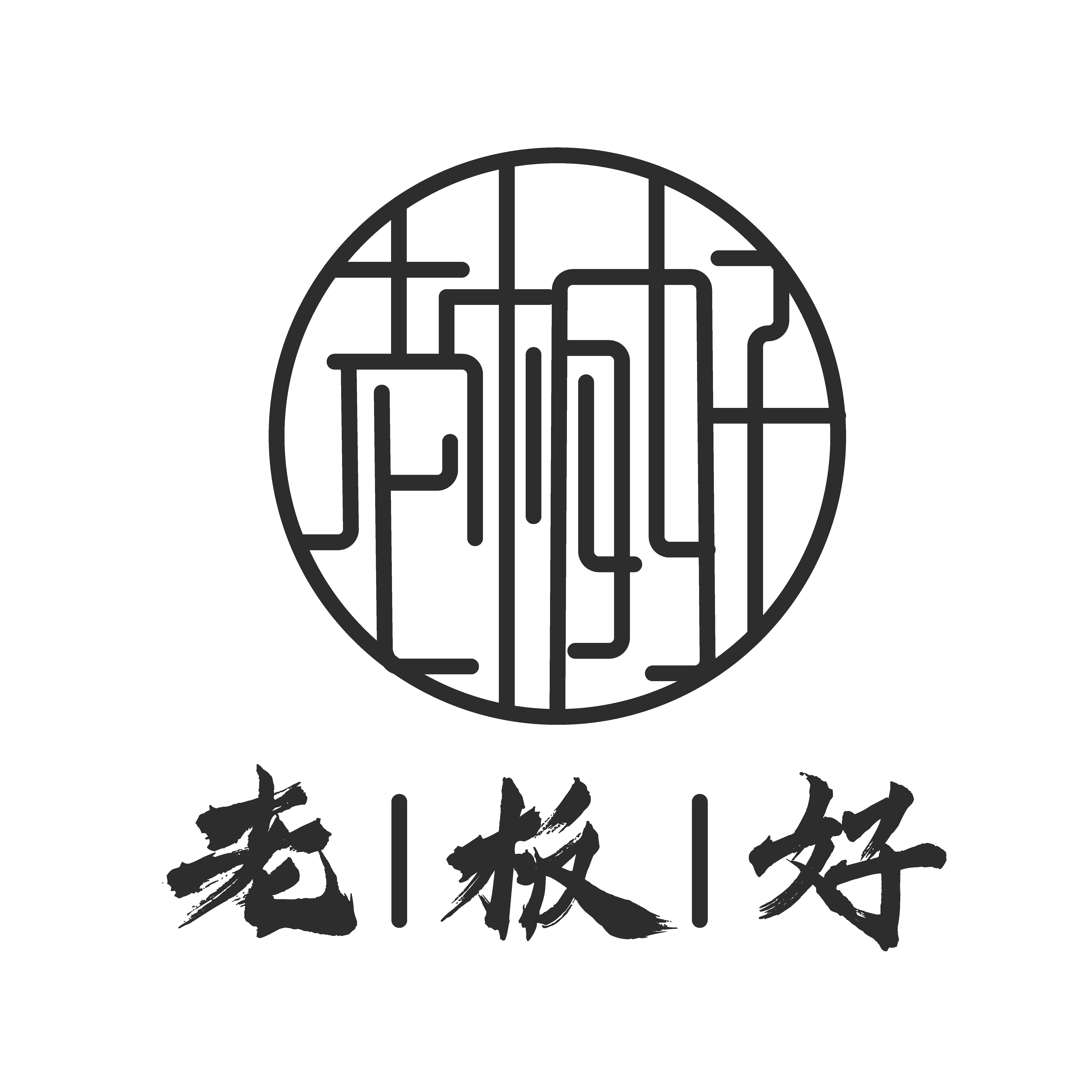Baidu reimagines search as the race to build the first AI superapp continues
19 小时前
What does online search look like in our minds? A blank bar, a sentence, a question. Type something in, and the search engine returns answers.
But what happens if that blank bar starts thinking for itself?
And what happens when an answer is no longer just a tidy stack of hyperlinks?
At its I/O developer conference in May, Google introduced a suite of artificial intelligence tools, headlined by a major upgrade to its search engine: “AI Mode.” The goal, according to CEO Sundar Pichai, is to make AI-powered search part of daily life. The updated system can reportedly handle queries up to five times longer than traditional search inputs, visualize complex data, review shopping carts, and simulate virtual clothing try-ons.
One month later, Baidu unveiled its most ambitious search overhaul in a decade: a redesigned interface meant to be broader in scope, more capable, and more intelligent.
On July 2, Baidu launched a “smart search box” built on a multi-layered architecture. At its foundation are large language models. The middle layer integrates connectors, agent tools, and human assistance. The top layer contains the user interface, including a content hub and enhanced AI assistant.
Under the hood, the system incorporates Baidu’s Ernie model, the image-to-video generator MuseSteamer, and external models such as those from DeepSeek. The middle layer enables tool usage across Baidu’s ecosystem, improving various products and services. The top layer houses the interface itself.
The updated platform accommodates longer queries, supports voice, image, and video input, and includes AI-driven tools for writing and drawing. Results are surfaced through Baikan, which blends text, audio, images, and video. Features now include video calls and a productivity hub for more immersive search experiences. Users can reportedly generate a three-minute video, edit it by scene, and customize visuals from a single prompt.
New look, same function?The most visible change in Baidu’s redesign is the enlarged search bar. But the shift goes beyond aesthetics.
The expanded input field supports more complex queries, signaling a shift from simple information retrieval to content generation. In this new design, users see prompt suggestions, such as “What are the common nail types?” or “How to make friendship bracelets by hand?” The aim is to help users access AI tools without needing to fine-tune their language.
Results now appear in multiple formats. Baidu refers to this multimodal approach as Baikan, designed to present information in the most suitable form, whether concise text or rich media.
Historically, search implied clear intent and straightforward answers. Today’s queries are more ambiguous, and Baidu’s redesign is built to reflect that.
Image-based queries highlight this shift. With Baidu’s camera tool, powered by a multimodal model, users can submit photos and receive structured responses. Applications include travel planning and appliance troubleshooting. Future iterations may offer personalized results based on user preferences.
The platform also supports voice input in regional dialects such as Cantonese, Sichuanese, and Henanese.
At the launch event, Baidu showcased MuseSteamer, its proprietary video generation model, alongside Huixiang, its video creation platform. With rivals like OpenAI’s Sora entering the space, video generation is becoming increasingly competitive.
Baidu said MuseSteamer prioritizes both speed and quality. It can produce ten-second, 1080p videos with high visual quality at relatively low cost. Liu Lin, general manager of Baidu’s commercial R&D unit, said the Turbo version can generate a five-second video in two minutes at 720p, sufficient for various content needs.
AI-generated video is already gaining traction in China. A 2025 audiovisual trends report noted that the proportion of users creating AI-generated videos or images rose from 25.6% to 31% in just six months.
A new digital gatewaySearch has traditionally been the entry point to digital life, first on desktops, then on mobile. In the AI era, that dominance is no longer guaranteed.
New players in the large model space have tried to build AI-native superapps. Kimi and DeepSeek are two notable examples. According to QuestMobile, these apps reached 240 million monthly active users as of February. Still, none has surpassed 100 million daily active users—the general threshold for superapp status.
So what might a new digital gateway look like in the age of AI?
Venture capitalist Zhu Xiaohu once defined the formula succinctly: strong model capabilities paired with wide distribution. That, he said, is what it takes to build a superapp.
By that measure, Baidu has a claim. It is deeply embedded in both AI and search, and its flagship app reached 724 million monthly active users in the first quarter of this year.
The company was one of the first in China to launch a foundational large model and continues to release updated versions. It was also early to integrate external models like DeepSeek, giving users access to a wider range of tools.
Baidu has also addressed the last-mile problem: making large models usable for everyday people. It has invested heavily in its MCP (model context protocol) ecosystem, which enables AI systems to interact with real-world tools and data.
At Baidu’s Create 2025 developer conference, founder Robin Li described MCP as the missing link between AI models and practical applications. MCP allows users to complete tasks such as checking inventory, reading reviews, and making purchases.
Developers can also use MCP to create domain-specific agent tools. As of July 2, Baidu’s platform supports more than 18,000 MCP services spanning lifestyle, finance, e-commerce, and other sectors.
This growing ecosystem underlines Baidu’s dual strategy: using search as the entry point for its AI offerings and as the channel through which technical capabilities reach users.
The pivot of tech giantsIn the late 1990s, Google and Baidu changed how people accessed information. 25 years later, both are betting on AI as the next leap forward.
Google’s I/O announcements last year marked a turn toward personal AI assistants, with multimodal inputs and structured outputs.
Many saw that shift as a response to ChatGPT. Google treated the release of OpenAI’s model as a wake-up call, accelerating work on Gemini. This year’s I/O was widely seen as a more confident answer.
Baidu is following a similar path, though with a different tone. The company calls its latest redesign the most significant in a decade, driven by the need to compete not just with other search engines, but with any platform that delivers information.
“We have to let go of our old definition of search,” said Zhao Shiqi, Baidu vice president and general manager of search. “The product has to evolve.”
On the technical side, Zhao noted that few AI companies focus on search. “Plenty of AI companies today don’t do search. The few that do both, such as Google and Baidu, are rare.”
Baidu continues to explore how search and large language models can complement each other. This is a deliberate move, and one of the company’s distinct advantages.
Its other edge lies in ecosystem design. In an era where users expect seamless, intelligent digital services, Baidu already has the infrastructure in place.
Just as Google is working to reclaim ground from OpenAI, Baidu’s transformation reflects a broader effort to stay relevant in the next wave of computing.
While startups may grab headlines, the responsibility of advancing the frontier still often falls to the incumbents. Foundational models are progressing fast, yet most users haven’t experienced their full capabilities. As industry observers have noted, it wasn’t necessarily GPT-3’s release that sparked mass interest, but the accessible interface and experience of ChatGPT that propelled it into the mainstream.
Since then, no product has quite matched that moment. So the race continues.
Today’s users want more than speed. They are looking for smart assistants: tools that anticipate intent, reduce friction, and handle the heavy lifting. There’s no clear finish line.
But one thing is increasingly certain: whoever redefines how we interact with the digital world will be the one to build the next superapp.
KrASIA Connection features translated and adapted content that was originally published by 36Kr. This article was written by Xiao Xi for 36Kr.
...Read the fullstory
It's better on the More. News app
✅ It’s fast
✅ It’s easy to use
✅ It’s free









